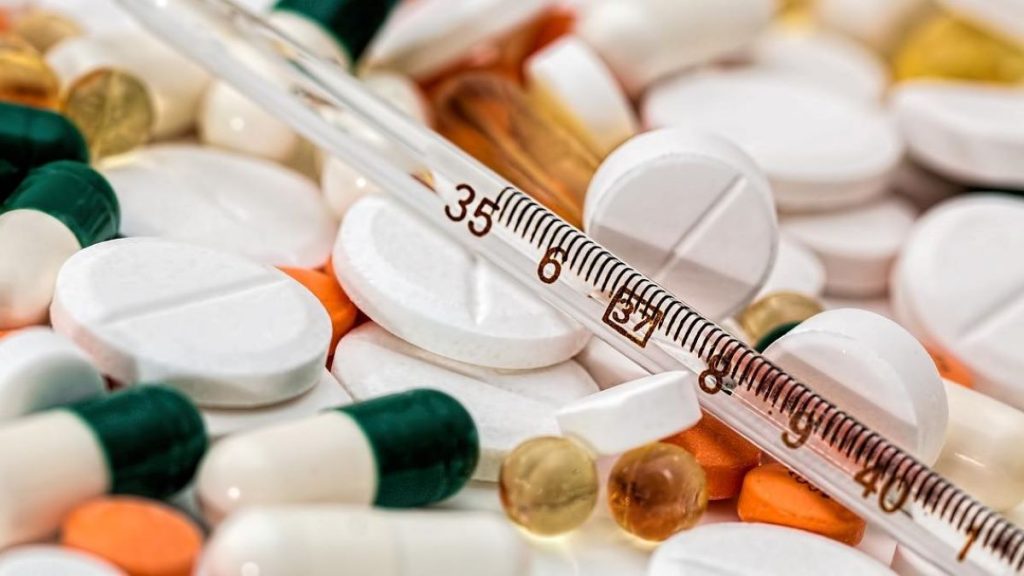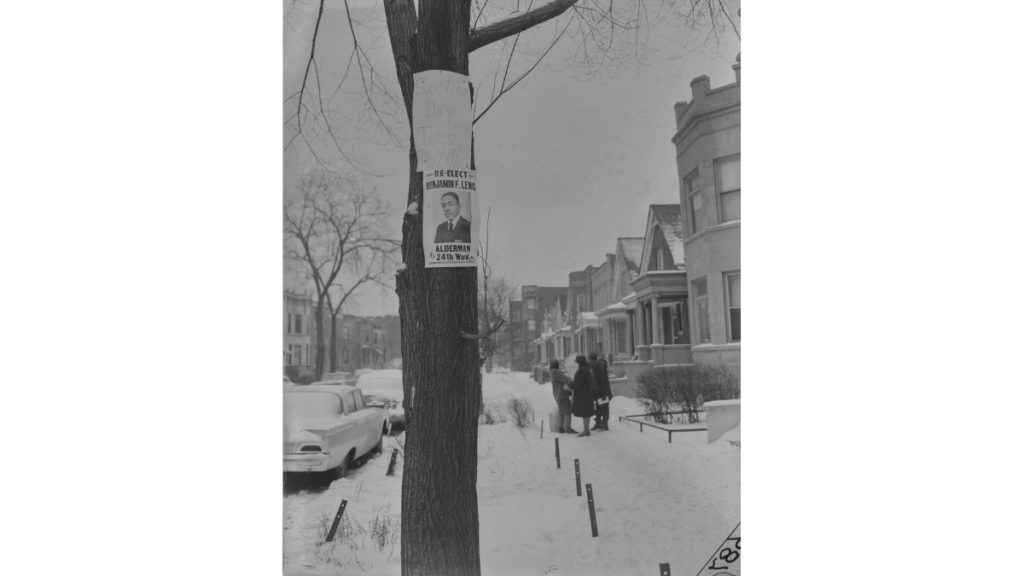Joyce: In Order to Help People Struggling with Addiction, We Need to Keep them Alive

![]()
Joyce: In Order to Help People Struggling with Addiction, We Need to Keep them Alive (Springfield, IL) — New law supported by State Senator Patrick Joyce, makes opioid overdose reversal drug, naloxone, more accessible was signed into law on Thursday.
“As we continue to deal with the ongoing opioid crisis in Illinois, it is important to have lifesaving medication available,” said Joyce (D-Essex). “I supported this law because it will save lives.”
House Bill 4408 prohibits insurers and Medicaid from charging a copay for naloxone – an opioid suppressant. Naloxone can be lifesaving for people overdosing on opioids, but can often be inaccessible with a cost of up to $140 for two doses.
More than 75,000 people died from an opioid overdose in 2020 – and in one out of three cases, a bystander was present who could have saved the person’s life, had naloxone been accessible. House Bill 4408 is another step toward saving lives from the deadly effects of opioids.
“In order to help people struggling with addiction, we need to keep them alive,” said Joyce.
House Bill 4408 is now signed into law and is effective Jan. 1, 2024.
According to the CDC
Drug overdoses have dramatically increased over the last two decades, with overdose deaths increasing more than 500% between 1999 and 2020.1
- Overdoses are the leading cause of injury-related death in the United States with recent increases influenced by multiple factors including the COVID-19 pandemic.
- In 2020, nearly 92,000 people died from drug overdoses, a 30% increase from the approximately 71,000 overdose deaths in 2019.
- Among the 2020 overdose deaths, about 75% involved a prescription or illicit opioid, 62% a synthetic opioid other than methadone (e.g., illicitly manufactured fentanyl), 21% cocaine, and 26% a psychostimulant such as methamphetamine.
- The rate of overdose deaths involving synthetic opioids other than methadone in 2020 was about 18 times the rate in 2013.
- For cocaine and psychostimulants, the 2020 rates were 4 and 6 times the 2013 rates, respectively.
- Deaths involving multiple drugs (i.e., polysubstance overdose deaths) are also increasing. In 2020, 79% of overdose deaths involving cocaine also involved an opioid and 62% of psychostimulant-involved overdose deaths also involved an opioid.
- Drug overdoses impact families, communities, workplaces, and the economy.
Joyce: In Order to Help People Struggling with Addiction, We Need to Keep them Alive









Responses